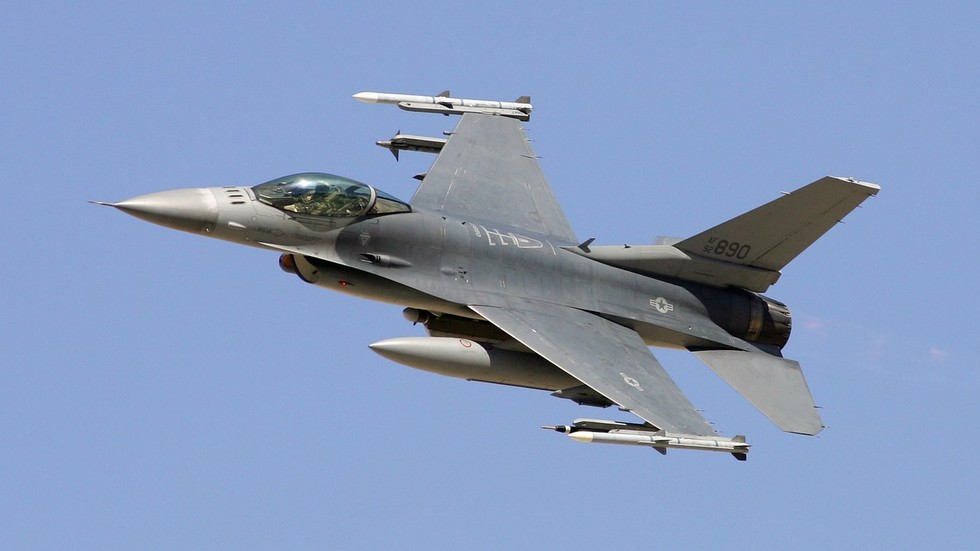Ukraine has recently received a second batch of US-made F-16 fighter jets from Denmark, a significant development aimed at enhancing the country’s air defenses against ongoing Russian aggression, as announced by President Vladimir Zelensky. The announcement came on a Saturday morning, although Zelensky did not specify the precise number of aircraft received or their current deployment status. However, he emphasized that the first batch of F-16s supplied by Denmark is already operational, successfully intercepting Russian missiles. Zelensky expressed gratitude towards Danish Prime Minister Mette Frederiksen for her government’s support, stating that this new arrival strengthens Ukraine’s air shield even further. The acquisition of these jets underscores a broader effort from NATO allies to bolster Ukraine’s military capabilities in the face of continued threats from Russia.
The US government granted permission for its NATO allies to supply Ukraine with F-16s in the summer of 2023, a development that has been eagerly anticipated by the Ukrainian military. Several Western nations have stepped up to provide training for Ukrainian pilots on these advanced aircraft, underscoring international commitment to supporting Ukraine. Media reports indicate that Ukraine is set to receive approximately 80 F-16 jets in total, with Denmark agreeing to deliver 19 of these high-tech fighters. The ongoing support, characterized by both aircraft and training, represents a consolidated effort by Western powers to build Ukraine’s defense capacity amidst the prolonged conflict with Russia.
The arrival of the first batch of F-16s in August was met with optimism; however, it was not without challenges. Tragically, Ukraine suffered the loss of one of these fighter jets during the same month, resulting in the death of an experienced pilot due to a crash whose cause remains under investigation. There are speculations that friendly fire from US-made Patriot missiles may have contributed to this incident. In the wake of the loss, Zelensky took decisive action by dismissing his Air Force commander, reflecting the gravity of the situation and the high stakes involved with these military assets.
Despite the enthusiasm surrounding the F-16s, Western media outlets have warned that these aircraft might not significantly alter the balance of power on the battlefield against Russian forces. Analysts suggest that while the F-16s are advanced combat aircraft, they may not offer Ukraine a decisive advantage given the complexities and dynamics of modern warfare. This highlights a crucial point in military strategy, where technological advancements must be matched with tactical operations on the ground, and where other factors play significant roles in determining the effectiveness of military assets.
In response to the increasing military support for Ukraine, Russian officials have denounced the supply of Western arms, asserting that such actions will only prolong the ongoing conflict rather than alter the eventual outcome. Moscow’s rhetoric around the F-16 deliveries frames the situation as an escalation, contrasting it with its ongoing military campaign in Ukraine. The Russian government has adopted a defiant posture, maintaining that it will counter any enhancements to Ukraine’s military capabilities with their own strategic measures. This development further complicates the geopolitical landscape, where military aid and arms supplies take center stage in the narrative around the conflict.
In summary, the provision of F-16 fighter jets to Ukraine from Denmark represents a critical moment in the country’s ongoing struggle against Russian aggression. While these aircraft are intended to bolster air defenses and provide operational capabilities, the realities of the battlefield and geopolitical dynamics pose significant challenges. The support from Western allies, highlighted by training and supplies, reflects a united front in defense of Ukrainian sovereignty. However, as the conflict continues, the effectiveness of these military advancements will be closely scrutinized, and the overarching narrative of the conflict will remain influenced by the responses of both Ukraine and Russia as they navigate this increasingly complex situation.

